Walking for Weight Loss: How to Get Your Steps In and Shed Pounds
Walking for Weight Loss: How to Get Your Steps In and Shed Pounds
Those people who obsess about getting their steps in have a good reason. Here’s how walking for weight loss works and some tips to make it work for you.
When you want to lose weight, you’ve probably researching gym memberships and crash diets. But sometimes all it takes is a few steps. Literally!
If the thought of high-impact exercise is overwhelming, walking could be the solution. Walking for weight loss is effective and low-intensity. This could be the perfect exercise regimen if you’re starting your fitness journey.Â
A brisk walk can reduce stress, burn calories and build muscle-so why shouldn’t this be a part of your fitness plan?
Walking is a great form of physical activity that’s free and easily accessible for most people.
However, there are certain factors that can improve your results. How often you walk, at what speed and where you walk all play a factor.
This article explores how you can walk your way to fitness!
How Long to Walk Each Day for Weight Loss
So how often do you need to walk to lose weight? Less than you may think. A good goal is 30 minutes per day for weight loss.
At a brisk pace, the distance you could cover in 30 minutes cover should be 1.5 – 2 miles or 3,000 to 4,500 steps.
Some days are busier than others so feel free to walk more or less on some days. By the end of the week, you should have walked for at least 150 minutes.
How Fast Should I Walk for Weight Loss
The great thing about walking for weight loss is that you don’t have to overexert yourself. Walk at a moderately brisk pace. A great investment would be a heart rate monitor. There are plenty of smartwatches that have them built in.
While walking, your heart rate should be at 60 – 70 percent of your maximum heart rate. You should be breathing heavily enough to make speaking difficult.
Keep in mind that the higher your heart rate, the more calories you burn. You’ll get more benefit by increasing the intensity for 10 minutes. But listen to your body. If you need a break, take one. Ignoring your body’s signs can cause injury later.
If you’re new to exercise, start with shorter periods and build up over time. You could also designate three days each week for your lower-intensity walks.
When it comes to health and fitness, consistency is key. Make it your goal to never go three days without taking your walk. If you find yourself unmotivated, this podcast might inspire you.
This will help improve your fitness level and your metabolism. Your body will begin to learn your new habits. Mental health is just as important as physical. If you find yourself worn out, take a day off.
How Can I Fit Walking in My Schedule?
We get it. Life is busy! Here are some tips to make walking fit in your schedule:
- Break it up into walking two or three times a day for 10 minutes at a time.
- Break it up into bigger chunks and take your walks twice or three times per week
- Make it a family activity. Take a walk after dinner and use this time to bond with your family.
- Start a fitness challenge at work to motivate co-workers. Walk as a group during lunch or other breaks. Accountability can help you reach your goals.
- Park further at the grocery store! You’d be surprised how many steps you can get in large parking lots.
- Skip the elevator. Stair climbing burns more calories than you may think.
- Take a brisk walk on your lunch break or after dinner. This will help with that post-meal slump.
- Make casual meetings walking meetings instead of meeting in a conference room. Having a change of scenery might even help with creative thinking.Â
Make a plan and write it down! If you fall off for a day or so, don’t stress out. You can always pick back up where you left off tomorrow!
How Walking Burns Calories
If you’re trying to lose weight, there’s a simple formula that you need to know. Weight Loss = Calories Burned > Calories Consumed. You need to burn more than you eat.
Walking is one of the activities you can do to increase the number of calories that you burn.
Think of calories as energy for your body. You need calories for daily activities like moving, breathing, and sleeping. However, some people eat more calories than their body needs.
People who are physically active will burn more calories and lose weight. But, everyone doesn’t have the time to lift weights at the gym or cross train. Simply finding a little time to walk each day can help you achieve your weight loss goals.
Let’s break it down. Walking for 30 minutes equals 1.5- 2.0 miles. This will burn approximately 200 calories, depending on your sex and weight.
The more you weigh the more calories you will burn. Your body is exerting more energy to exercise so you will burn even more on a 30-minute walk. Another way you can increase the number of calories burned is by adding weights. You can also walk on hills or on an inclined treadmill.
A lot of beginners become discouraged when they aren’t able to run for long periods of time. Yes, running will burn more calories, but only about 23 more calories per mile.
Don’t worry about running quite yet, walking can burn a significant amount of calories.
If you choose to take longer walks, this can increase your calories burned as well. During the first 30 minutes of exercise, your body burns sugar for energy. After 30 minutes, your body starts using fat as fuel.
Make it a goal to take at least on extended walk per week. This will build your endurance and help you get rid of fat cells!
How Walking Builds Muscle
Most people are unaware of the benefits of building muscle. Building muscle doesn’t always mean you’re training for a bodybuilding competition. Building lean muscle can help you lose body fat.
Even though walking doesn’t involve barbells and weights, it still helps build muscle. It can also reduce age-related muscle loss. This helps you keep more of your physical strength and reduce age-related weight gain.
You may have noticed that walkers have strong and toned legs. Walking builds, shapes, and tones the legs and buttocks. If you’re consistent in your walking, you’ll notice stronger calves, quads, and hamstrings.
This isn’t the best way to “buff up” though. If you want to pack on some serious muscle, consider weight training.
How Walking Improves Mood
Been in a funk lately? Exercise may be the last thing on your mind, but it could actually help you feel better. Exercise can do wonders for your mood.
All kinds of physical activity can decrease feelings of stress, depression, and anxiety. It makes your brain more sensitive to the hormones serotonin and norepinephrine.
These hormones relieve sad feelings while releasing endorphins, which make you feel happy!
It doesn’t take a rocket scientist to realize that if you enjoy a physical activity, you’ll continue to do it.
This makes walking an excellent choice. It’s a moderate-intensity exercise that won’t be too physically demanding. Over time, you’ll look forward to your scheduled walk and feel great about doing it.
How Walking Keeps Weight Off
Let’s fast forward a bit. You’ve been walking for some time now and you’ve lost weight. You’re happy with your results and simply want to keep the weight off. Walking can play a major role in helping you maintain weight loss.
Remember, people who exercise frequently are usually better at maintaining their weight loss.
When you lose weight, your metabolic rate will drop. This means it will be harder to keep the pounds off. Walking can help prevent muscle loss and help you maintain your results over time. Lean muscle we mentioned earlier will also help you burn more calories, even at rest.
To maintain a stable weight, aim to walk at least 150 minutes per week. Increase this number if you’ve lost a considerable amount of weight. 200 minutes per week should be a good goal for you.
10,000 steps per day is a good goal for most people. Stay active by walking throughout your week so that your progress isn’t lost.
How to Start Walking For Weight Loss
So where do you start? Walking for weight loss can help you improve your muscle, reduce fat, increase mood and more.
The bottom line is that physical activity can help you live a healthier, longer life. 150 minutes of moderate-intensity exercise like walking per week is ideal.
Walk for around 30 minutes at a time at a brisk pace. When this becomes easier for you, go the extra mile (pun intended). You can only reap more health and fitness benefits.
Remember, every little step helps, so start small and increase the amount you walk over time.
Our 21 Day Body Transformation Challenge combines diet and exercise to transform your look. If you want to turn heads for the right reasons, find out more here.


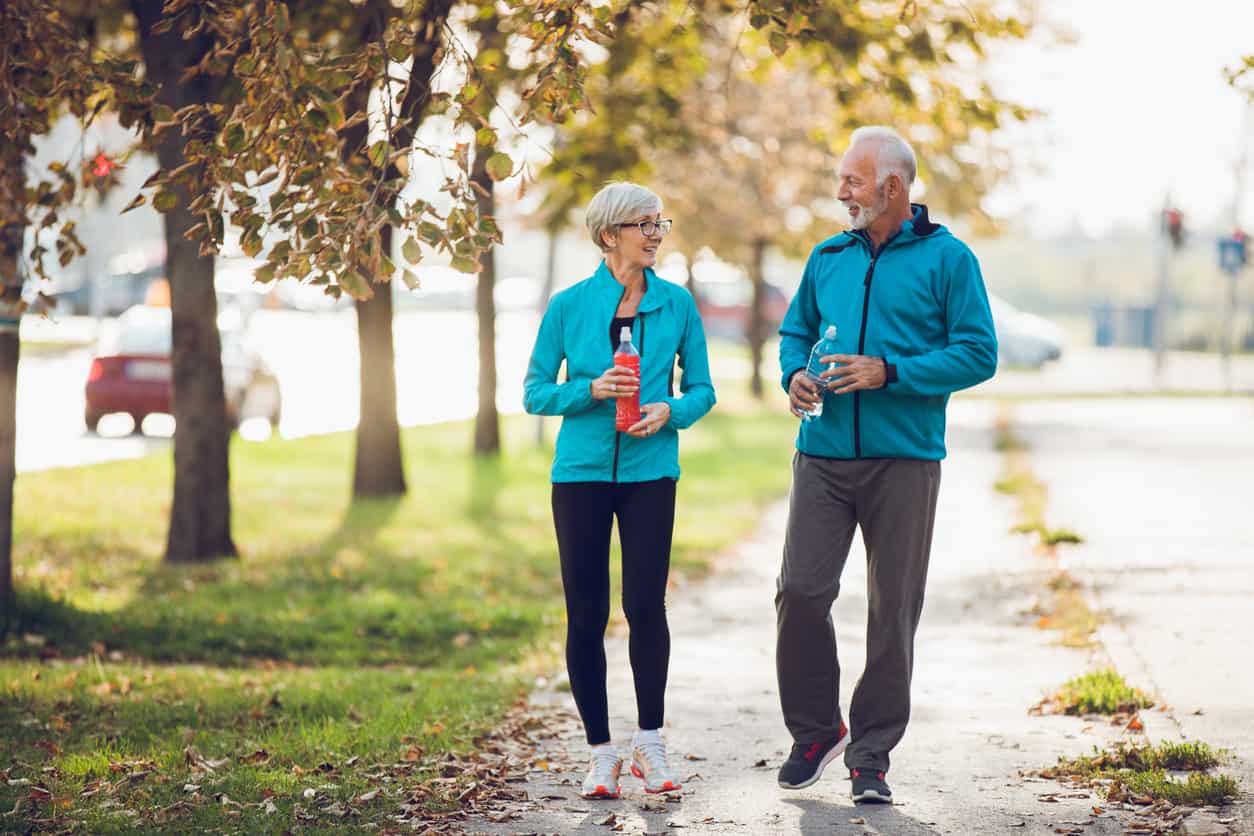


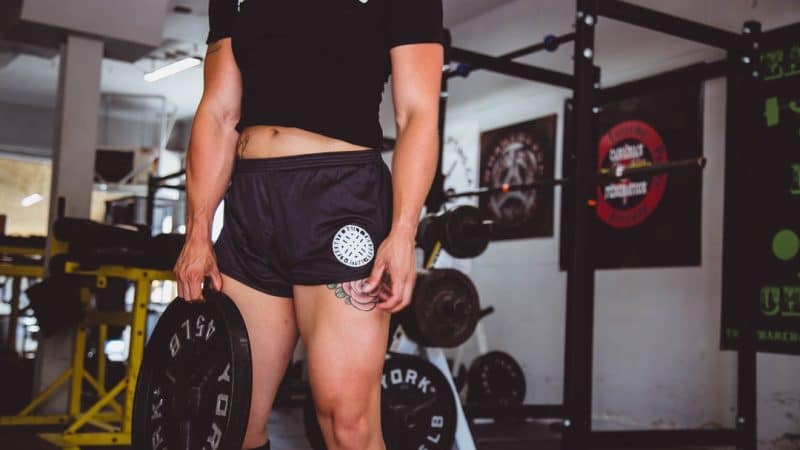







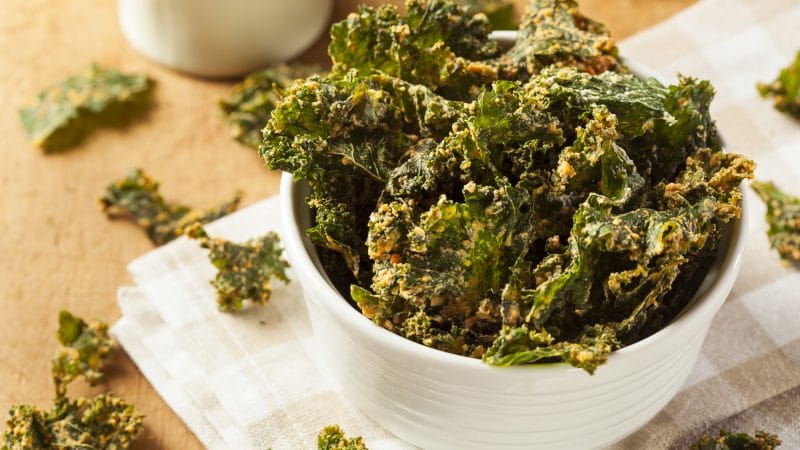
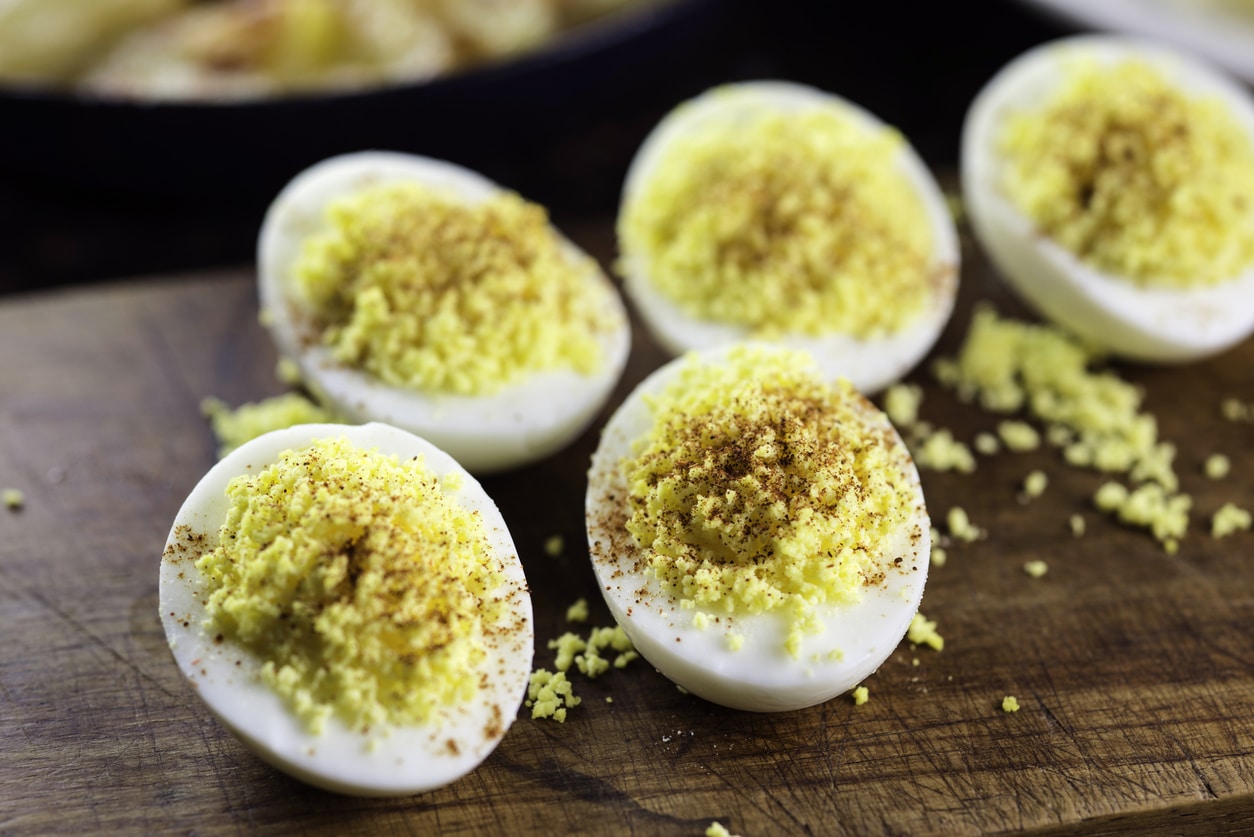










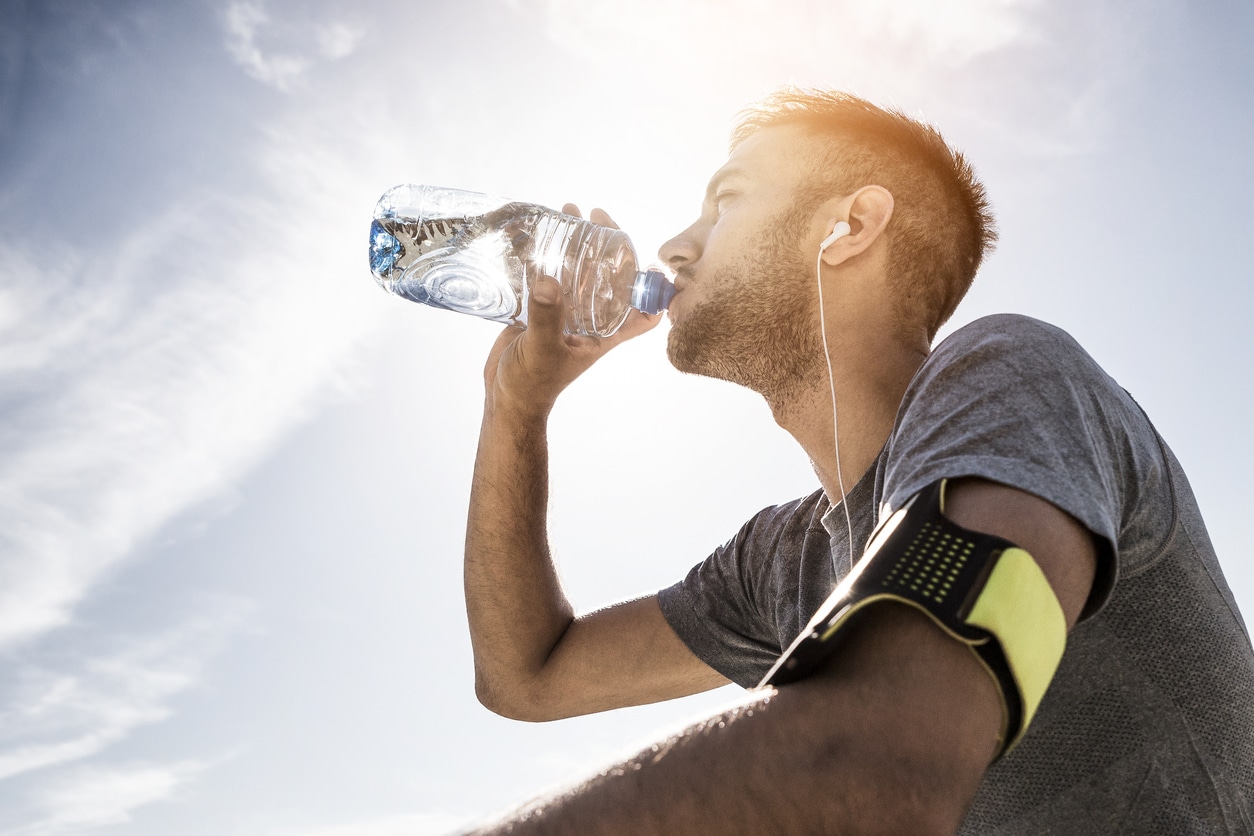









Recent Comments